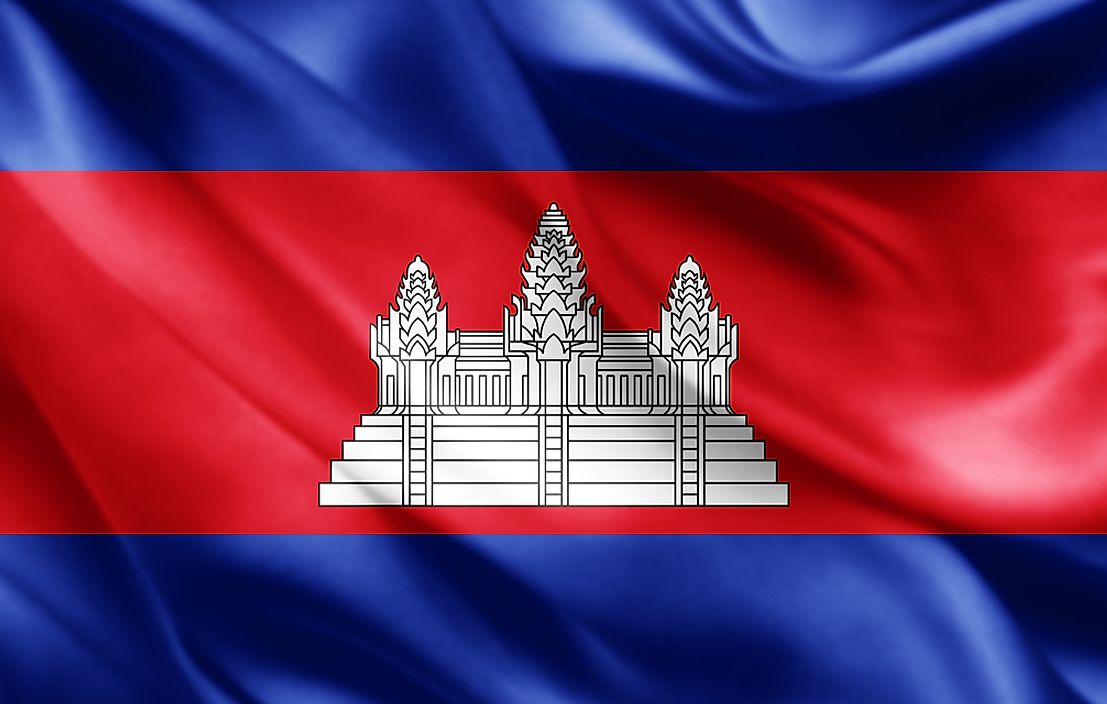What Is the Capital of Cambodia?

Phnom Penh is the capital city of Cambodia, a southeastern country of the Indochina peninsula. Phnom Penh is located at the confluence of the Mekong, Bassac and the Tonlé Sap rivers. Phnom Penh covers an area of 262 square miles and is composed of 12 administrative divisions, referred to as Khans. The municipality has a population of more than 2 million people, making it the most populous city in the country. Most residents of the municipality are Cambodians (about 90%), while Chinese and Vietnamese are minorities. The town plays a significant role in Cambodia by providing economic, social, religious and political opportunities to various groups.
History of the Capital of Cambodia
Phnom Penh is an ancient city founded in 1372. According to legend, an old woman and adherent of Buddhism established the town. The town served as the capital of the kingdom between 1432 and 1505, after which it was abandoned for more than three centuries. King Norodom reinstated the city as the capital of the kingdom as well as the royal residence. During the reign of the French in the 19th century, the town grew tremendously to become one of the important cities in Asia. The city continued this growth into the 20th century, when the growth declined during the Vietnamese war.
Traditional and Modern Significance of Phnom Penh
When it was established, the town played a major role in the Buddhist religion, with the Phnom hill serving as a shrine for the Buddhist relics found by the old woman floating in the water. Later, the city served as an important political and administrative center, with several governments establishing their offices there. In subsequent centuries, the city grew into an important commercial and residential center. Phnom Penh is currently a major economic region of Cambodia due to its large contribution to the Cambodian economy. The town provides employment opportunities for a large population in small and medium enterprises, as well as the growing real estate and tourism industries.
Infrastructure of Phnom Penh
The first infrastructural development in the municipality occurred in the 19th century under French rule. During this period, schools, roads, hotels, residential units and other social amenities were constructed, converting the small village into a major modern city. The infrastructural growth continued through the 20th and 21st centuries, with the city currently hosting some important landmarks, such as the Vattanac Capital Tower. However, this infrastructural development has led to inadequate and insufficient drainage systems, resulting in flooding during the rainy season.
Tourism in Phnom Penh
Phnom Penh is one of the top tourist destinations in Cambodia. Tourism in the city contributes about 17% of the national GDP and employs about 14% of the population. The town offers a blend of the natural, the old, and the new with its unique sights and stops. Some of the unique features pulling tourists into the city include the rich architecture of the French colonial era, the vibrant post-independence New Khmer architecture, the historical lure of the museums and unique culture, which includes aspects such as festivals. Tourist attractions in the city include the National Museum, the Royal Palace, the Tuol Sleng Genocide Museum, the Independence Monument, the Russian market, and the Silver Pagoda.











